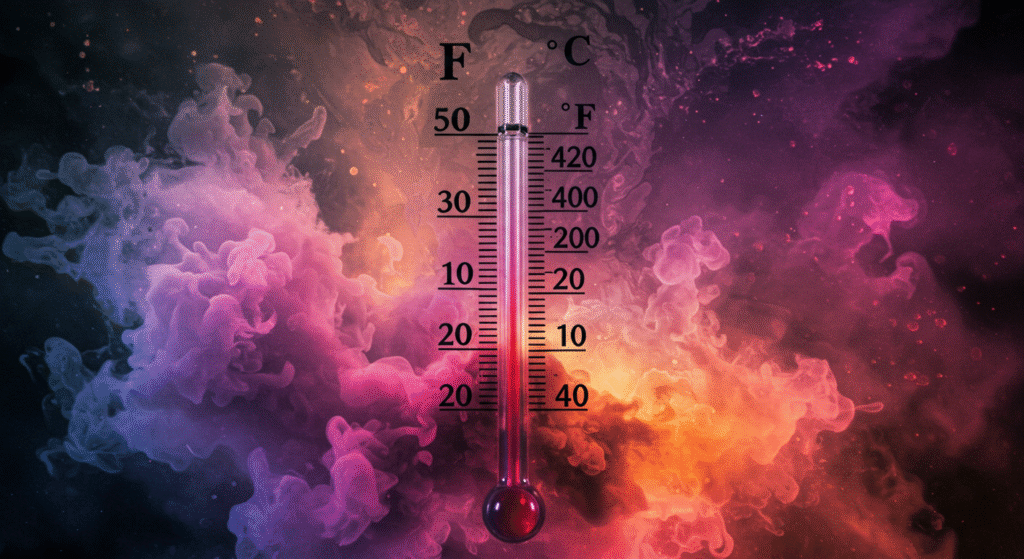Temperature is one of the most widely measured elements in our daily lives, from checking the weather to monitoring cooking, industrial processes, or even body heat. The question of 55C in F often comes up when people need to convert between Celsius and Fahrenheit. This conversion is important not only for individuals traveling between countries with different measurement systems but also for students, scientists, and professionals in various fields.
In this article, we will explore the meaning of 55C in F, the method to convert Celsius to Fahrenheit, practical applications of this temperature, and why understanding these conversions can be valuable in everyday life.
What Does 55C in F Mean?
To understand 55C in F, it is essential to know the relationship between Celsius and Fahrenheit. Celsius (°C) is commonly used worldwide, particularly in scientific contexts and most countries outside the United States. Fahrenheit (°F), on the other hand, is primarily used in the U.S. and its territories.
The formula for converting Celsius to Fahrenheit is:
F = (C × 9/5) + 32
Applying this to 55C:
F = (55 × 9/5) + 32
F = (99) + 32
F = 131
Therefore, 55C in F equals 131 degrees Fahrenheit.
The Significance of 55C in F in Daily Life
While 55C in F may sound like just a number, it carries importance in various aspects of daily life and industry. Understanding it can help you grasp how hot something really is.
-
Cooking and Baking
Certain foods require specific heat levels. While ovens in the U.S. are calibrated in Fahrenheit, many recipes around the world use Celsius. Knowing that 55C in F is 131°F helps ensure precision in cooking. For example, some slow-cooking methods use temperatures close to this range. -
Weather Conditions
It is rare but not impossible for certain desert regions to reach this level of heat. Converting 55C in F helps people better understand extreme weather conditions, especially for travelers comparing climate data. -
Industrial Applications
Many industries, including food processing, chemical production, and textiles, need precise temperature control. Workers in multinational companies often convert 55C in F to ensure they are meeting international safety and quality standards.
Why Learn Celsius to Fahrenheit Conversion?
Many people wonder why they should learn conversions like 55C in F when tools and apps exist to calculate it instantly. The answer lies in convenience, understanding, and global communication.
-
Travelers benefit when moving between countries using different temperature scales.
-
Students in science, physics, and chemistry frequently encounter problems that require conversions.
-
Professionals in medicine, meteorology, or engineering deal with Celsius and Fahrenheit interchangeably.
Thus, knowing what 55C in F means saves time and fosters a deeper understanding of temperature scales.
The Science Behind Celsius and Fahrenheit
To appreciate 55C in F, it helps to know the origins of both scales.
-
Celsius Scale: Introduced by Anders Celsius in 1742, it is based on the freezing point of water (0°C) and the boiling point of water (100°C).
-
Fahrenheit Scale: Proposed by Daniel Gabriel Fahrenheit in 1724, it sets the freezing point of water at 32°F and the boiling point at 212°F.
This explains why conversions like 55C in F are necessary, as the two systems have different reference points.
Practical Examples of 55C in F
To make the concept more relatable, here are some scenarios where understanding 55C in F is useful:
-
Saunas
Traditional saunas often operate at temperatures between 50°C and 90°C. Thus, 55C in F (131°F) represents a lower yet effective sauna setting. -
Vehicle Safety
On a hot day, the inside of a parked car can easily reach or exceed 55C in F, making it dangerous for pets, children, or sensitive items left inside. -
Skin Contact Tolerance
Human skin can tolerate heat only up to a certain point. 55C in F is hot enough to cause discomfort or burns if touched for prolonged periods, which is why industries using heated equipment must apply safety protocols. -
Medical Uses
Certain sterilization processes and therapeutic treatments may involve temperatures close to this range, requiring accurate conversion knowledge.
How to Quickly Convert Celsius to Fahrenheit
While we calculated 55C in F step by step earlier, there are easy tricks to perform such conversions quickly:
-
Multiply by 2 and add 30 (approximation).
For example: 55 × 2 = 110 + 30 = 140°F (close to 131°F). -
Use conversion charts for a quick reference.
-
Memorize common benchmarks, like 0°C = 32°F, 100°C = 212°F, and room temperature (~20°C = 68°F).
These shortcuts help when you don’t have access to calculators or apps.
Safety Concerns Around 55C in F
Understanding 55C in F also highlights safety considerations:
-
Heatstroke Risks: Prolonged exposure to this level of heat, whether in weather or enclosed environments, can lead to dehydration and heatstroke.
-
Material Damage: Some plastics and rubbers can weaken or deform at this temperature.
-
Electronics: Devices exposed to prolonged heat around 131°F may malfunction or suffer permanent damage.
Conclusion
In conclusion, 55C in F equals 131°F, a temperature significant in cooking, health, industry, and climate awareness. Understanding this conversion is not just a matter of numbers; it’s a practical skill that improves safety, accuracy, and global communication.
Whether you’re a student, traveler, or professional, learning how to interpret and apply conversions like 55C in F ensures that you can navigate both Celsius and Fahrenheit scales with confidence.






